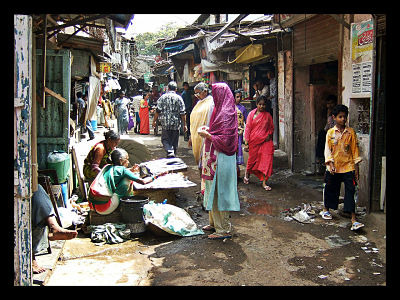 Following the lockdown, 59-nine-year-old Youssef Bitar lost his house, and 16-year-old Chadi dropped out of school. Nadine, a 40-year-old blind mother, can hardly manage to feed her three children, and Jamile resorts to taking loans from friends and neighbors to pay rent. Lastly, Nour’s grandmother can only provide for the family by collecting tins and selling them by weight. Featured in CARE Lebanon’s ten-minute documentary about dire humanitarian conditions in the country, these five individuals are among the 59% of Lebanese people living below the poverty line. Thankfully, they are not helpless, as organizations like ESSN and the World Bank, the World Food Programme, Lebanon’s Financing Facility and UN-Habitat intend to provide relief to the country’s poor.
Following the lockdown, 59-nine-year-old Youssef Bitar lost his house, and 16-year-old Chadi dropped out of school. Nadine, a 40-year-old blind mother, can hardly manage to feed her three children, and Jamile resorts to taking loans from friends and neighbors to pay rent. Lastly, Nour’s grandmother can only provide for the family by collecting tins and selling them by weight. Featured in CARE Lebanon’s ten-minute documentary about dire humanitarian conditions in the country, these five individuals are among the 59% of Lebanese people living below the poverty line. Thankfully, they are not helpless, as organizations like ESSN and the World Bank, the World Food Programme, Lebanon’s Financing Facility and UN-Habitat intend to provide relief to the country’s poor.
The Basics
Due to the absence of household income and expenditure surveys, the available data on poverty in Lebanon is lacking. However, one thing is certain: it is a growing problem. In part imputed to the pandemic and Beirut port explosion in 2020, Lebanon has witnessed a sharp increase in poverty since 2019, with the proportion of the poor skyrocketing from between only 17.2% and 21.5% in 2016 to, at worst, 75.9% in 2022. Analysis reveals that under the most optimistic scenario, at least three out of five Lebanese people live in poverty.
According to the World Bank, Lebanon’s crisis is among the “most severe [crisis] episodes globally since the mid-nineteenth century.” The crisis is multifaceted and can be divided into at least four parts. Firstly, in June 2023, Lebanon’s parliament, for the twelfth time, failed to elect a president. This stalls any measures to alleviate the crisis. Secondly, the banking sector has stopped lending to customers and adopted strict capital control, which ceased to attract deposits. Thirdly, due to the economic crisis, the percentage of unemployed citizens soared from 11.4% in 2018–19 to 29.6% in 2022. Lastly, the port explosion worsened Lebanon’s structural vulnerabilities, including a dysfunctional electricity sector, poor waste management and water supply shortages.
The World Bank and ESSN
Fortunately, however, the crisis has inspired some organizations and partnerships to assist in poverty reduction in Lebanon. In May 2023, the World Bank’s board of executive directors approved sending $300 million to the Emergency Crisis and COVID-19 Response Social Safety Net Project (ESSN), which will assist vulnerable Lebanese households and help unify a social safety net delivery system in Lebanon. This is the second time the World Bank has agreed to aid the country. In 2021, it financed $246 million to help Lebanon fight the economic crisis and the impact of COVID on its poor. The second package intends to aid Lebanon in protecting its population from future crises and continue taking poverty reduction measures.
The financing will be especially handy because “on the sectoral level, Lebanon lacks a comprehensive and inclusive social protection system that provides its citizens equal access and opportunity.” The previous SSN program was inadequate. Approved in January 2021, the new ESSN program has effectively provided cash to 82,000 households, established an efficient call center and strengthened security. According to a survey, 99% of beneficiary households reported improved living conditions after the transfers. More households who meet the poverty criteria will receive assistance.
The World Bank’s financing will also provide cash for the education of a total of 92,000 students. Moreover, it will support access to quality social services. Jean-Christophe Carret, the Country Director of the World Bank Middle East, agrees that the financing will allow the government to respond to the growing needs of the vulnerable.
World Food Programme
An estimated 37% of the population in Lebanon faced acute food insecurity in 2022. The World Food Programme (WFP) reached 2 million Lebanese residents and Syrian refugees as part of Sustainable Development Goal (SDG) 2, Zero Hunger.
Through partnerships, WFP increased the value of cash transfers in April 2022. Although the increase of people’s purchasing power could not offset price increases and currency depreciation, the program contributed to the improvement of schoolchildren’s nutrition. WFP also helped implement the ESSN. A WFP analysis reveals that due to the launch of the ESSN and the bolstering of the National Poverty Targeting Programme (NPTP), “the number of Lebanese households receiving assistance through national social safety nets, with WFP-implemented cash transfers, increased fourfold in 2022 compared to 2021.”
WFP’s plan from 2023 to 2025 is to strengthen Lebanon’s crisis response, provide safety nets, assist poverty reduction programs and extend school meals. The program also intends to work with the government to improve existing social protection services and strategy and achieve food security.
Lebanon’s Financing Facility
Established shortly after the explosion, the Lebanon Financing Facility (LFF) “provides an important means to pool grant resources and strengthen the coherence and coordination of financing.” Its goal is to bring about socioeconomic and business recovery and prepare for social sector reforms.
The trust fund, which was established by the World Bank, follows the Reform, Recovery and Reconstruction Framework (3RF), which addresses Lebanon’s immediate needs. The 3RF outlines actions that require priority to support recovery and reconstruction in Lebanon.
In 2023, the LFF plans to continue supporting 3RF priorities. It will offer both financial and technical assistance to facilitate the execution of priorities outlined by sector working groups and overseen by government representatives. Furthermore, discussions will continue, and state institutions will present their proposals and challenges to poverty reduction in Lebanon.
UN-Habitat
Mandated by the U.N. General Assembly, the United Nations Human Settlements Programme (UN-Habitat) helps establish socially and environmentally sustainable towns and cities. The organization works with partners and operates in over 90 countries to enact positive changes in cities and human settlements.
Between 2019 and 2022, UN-Habitat greatly assisted Lebanon. The program upgraded 164 building facades’ connections to water and electricity and rehabilitated neighboring streets. It also restored five public community health care centers, repaired 125 individual housing units, rehabilitated 44 full residential buildings, provided 816 households with rent assistance and assessed 113 schools for damage. UN-Habitat will collaborate with other municipalities to continue improving the lives of people in Lebanon.
What Does the Future Hold?
Poverty reduction in Lebanon will not be easy. In the short-term, Lebanon “needs to adopt and implement a credible, comprehensive and coordinated macro-financial stability strategy within a medium-term, macro-fiscal framework.” This strategy should achieve debt sustainability, reconstruct the financial sector, introduce a new monetary framework that regains the people’s confidence in its stability, adjust fiscal policy, enhance reforms and improve social protection. In the long term, Lebanon must build better institutions, including governance and business sectors.
In the absence of a good banking system and foreign exchange reserves, international aid and assistance from organizations remain necessary.
– Mariam Jawhar
Photo: Wikimedia Commons
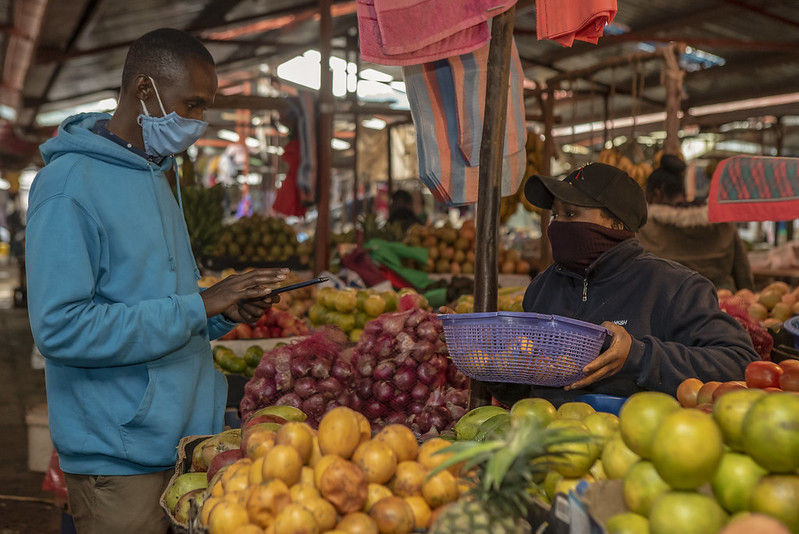 In September 2020, the Food and Agricultural Organization of the United Nations (FAO) launched the Green Cities Initiative, a program that
In September 2020, the Food and Agricultural Organization of the United Nations (FAO) launched the Green Cities Initiative, a program that  When thinking of Minecraft most people will associate it with kids playing something akin to digital Legos, building worlds and if everything goes according to plan, defeating the Ender Dragon. At its core, this view effectively captures the game at the surface level. Partnering with U.N.-Habitat, Minecraft developer Mojang has harnessed the game concept and applied it to sustainable solutions for developing public space and addressing global Sustainable Development Goals (SDGs).
When thinking of Minecraft most people will associate it with kids playing something akin to digital Legos, building worlds and if everything goes according to plan, defeating the Ender Dragon. At its core, this view effectively captures the game at the surface level. Partnering with U.N.-Habitat, Minecraft developer Mojang has harnessed the game concept and applied it to sustainable solutions for developing public space and addressing global Sustainable Development Goals (SDGs).
 Lesotho is a parliamentary constitutional monarchy in southern Africa. Formerly known as Basutoland, the country was renamed the Kingdom of Lesotho in 1966, after gaining independence from the U.K. Following a period of political instability and turmoil, Lesotho is now at relative peace, and its
Lesotho is a parliamentary constitutional monarchy in southern Africa. Formerly known as Basutoland, the country was renamed the Kingdom of Lesotho in 1966, after gaining independence from the U.K. Following a period of political instability and turmoil, Lesotho is now at relative peace, and its 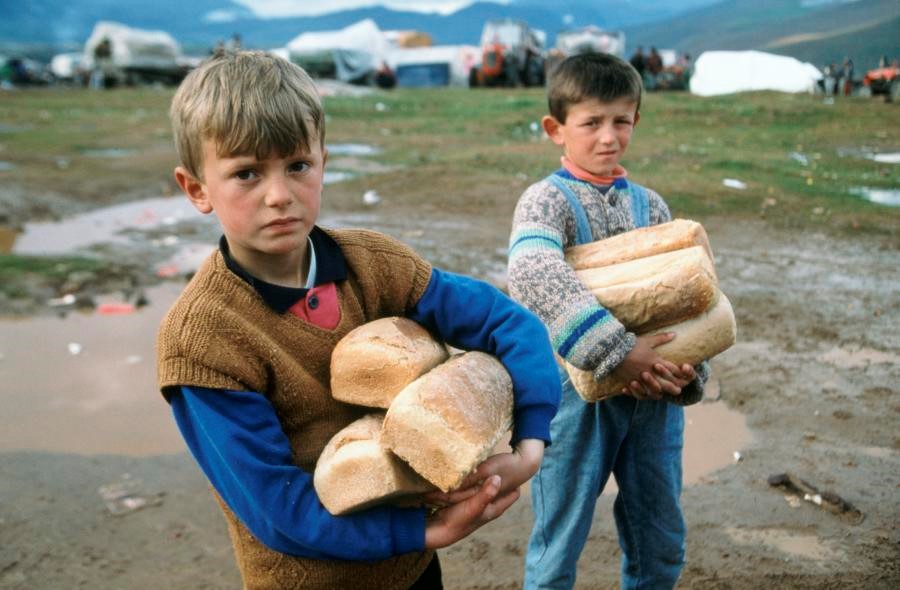
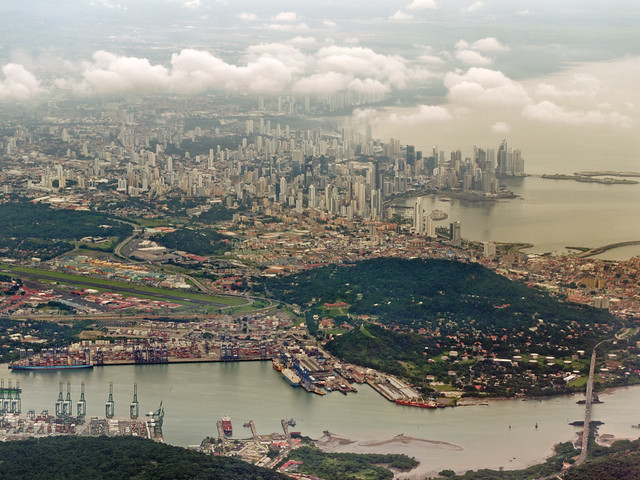
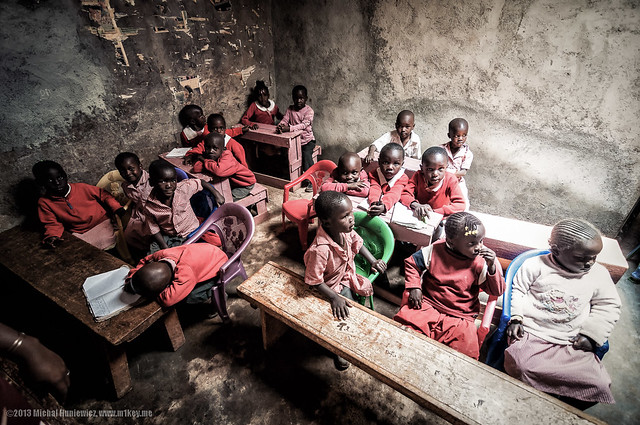
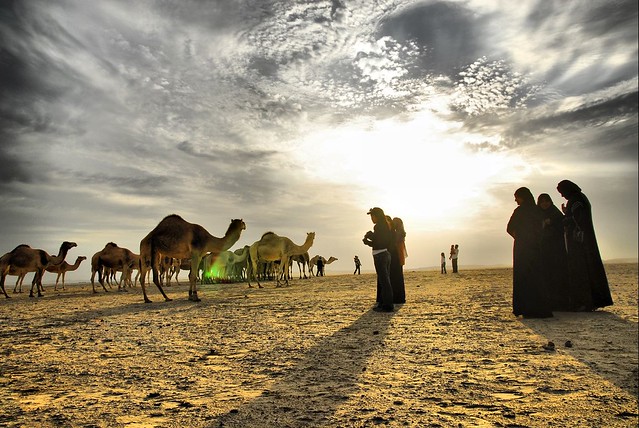 Bahrain is an archipelago in the Persian Gulf with a very small population and land size. Nearly half its population consists of foreign expatriates. After gaining independence from Britain in 1971, the country’s ruling monarchs led it toward development. Today, however, with
Bahrain is an archipelago in the Persian Gulf with a very small population and land size. Nearly half its population consists of foreign expatriates. After gaining independence from Britain in 1971, the country’s ruling monarchs led it toward development. Today, however, with 